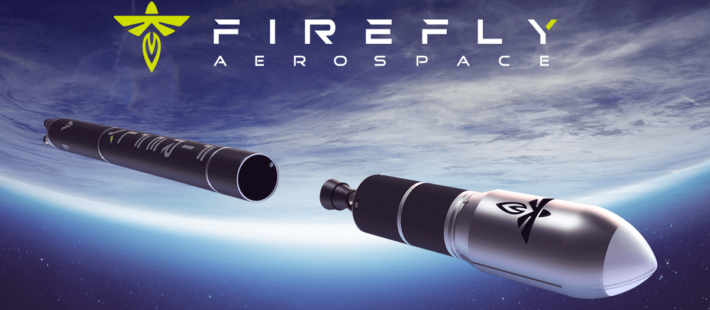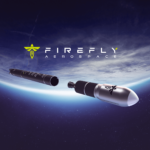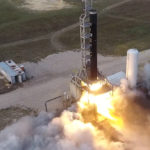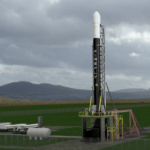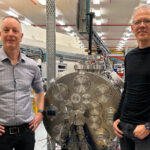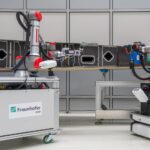Next year the same automatic carbon fiber spreading process employed by major aerospace industries will be adopted to improve rocket production. As the structures of the latest commercial aircraft, defense aircraft and fighter jets (ranging from the Boeing 787 to the Airbus A350 to the F -35) were produced more efficiently thanks to this technology, now Automated Fiber Placement (AFP) is also the most efficient and cost-effective approach to future rocket production.
Firefly Aerospace, a well-known company that produces rockets, spacecraft and interplanetary services, recently announced that it intends to substantially increase the production capacity of large aerostructures within a year. In order to achieve this, the company will transit large parts manufacturing to AFP Mongoose Hybrid systems of Ingersoll Machine Tools.
Ingersoll Machine Tools, based in Rockford – Illinois (USA), is a leader in advanced manufacturing processes and a global supplier of additive and subtractive machine tools for the aerospace, defense, energy, and all heavy industrial sectors.
When machines are fully operational, Firefly will be able to complete the stages in the Alpha rockets composite in just fourteen days.
Dr. Tom Markusi, Firefly CEO, explains the choice of composites
“From the outset Firefly chose to utilize 21st-century materials and manufacturing processes in our spacecraft and rocket designs. Metallics were the most prevalent aerospace material of the last century; composites, which are stronger and lighter than metallics, are the choice for modern aircraft.
Firefly’s Alpha is the world’s largest all-carbon-fiber liquid fueled rocket. High speed, robotic, large-scale automated fiber placement (AFP) machines, like those produced by Ingersoll Machine Tools, are now widely utilized in the aircraft industry.
These machines essentially allow you to 3D print composite structures of very large dimensions (e.g., commercial aircraft), something that is significantly more challenging with metallic 3D printing. Given that we can simply purchase machines which have been developed and proven by the aircraft industry and immediately achieve major cost, weight, and production time savings, it’s obvious to us that AFP is the most efficient and cost-effective approach to future rocket production. Firefly intends to pass those savings on to our customers.”
Automated development and production
In May 2021 Firefly will install the first of two planned AFP machines at its Research and Development Center in Briggs, Texas. There, Alpha will be upgraded using the automatic carbon fiber spreading process. The new Firefly Florida Space Coast establishment and launch site in Cape Canaveral will host the second automated production line in early 2022. It will be able to produce approximately 24 Alpha rockets per year. The Briggs plant will be allowed to develop and automate the production of the largest rocket: Beta.
When the AFP process is completed and fully operational, Firefly will produce all the carbon–fiber structures of the Alpha rockets – including barrels, fairings, domes, and payload components – in just fourteen days.
Benefits generated by new automated rocket factories
Firefly’s new automated rocket manufacturing sites create several advantages, including:
- 30-50% reduction in composite materials waste
- increased repeatability
- reduced touch labor and build times
- a tailored and optimized structure further reduces weight and overall costs
Firefly’s Mongoose Hybrid will be the first equipped
In fact, it will be the first to be gifted with the new Ingersoll module for spreading Hawk carbon, designed and tested for high productivity and reliability of mild curvature surfaces.
“The integration of Ingersoll’s factory automation technology into our production lines in Texas and Florida represents a major investment in our future as a company and in the future of the cis-lunar space economy.”
Dr. Tom Markusic – Firefly CEO
If you want to stay updated on news, technologies and activities, subscribe to Compositi Newsletter
Source: Automazione plus and Firefly Aerospace


